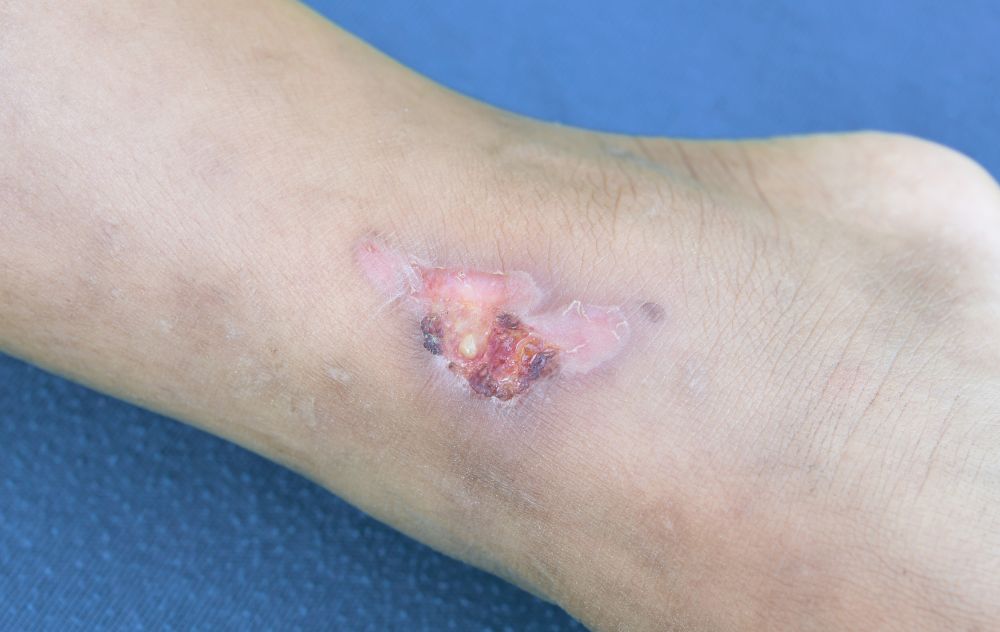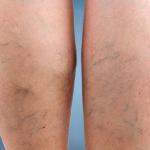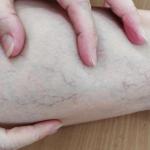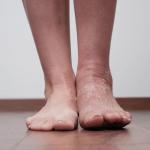
A venous stasis ulcer is one of the more advanced complications of chronic venous insufficiency, a condition where the veins in your legs are no longer able to circulate blood effectively. These ulcers often appear near the ankles and are the result of increased pressure in the veins, which causes fluid to leak into the surrounding tissues and break down the skin.
If you’re noticing redness, swelling, or slow-healing wounds on your legs, understanding the stages of venous stasis ulcers can help you take action before the condition becomes more severe. Early intervention not only improves healing but also prevents long-term damage and the risk of infection.
What Causes a Venous Stasis Ulcer?
Venous stasis ulcers are caused by poor circulation related to damaged or weakened vein valves. When these valves fail, blood flows backward and pools in the lower legs, placing excess pressure on the vein walls. Over time, this pressure pushes fluid into the skin and underlying tissues, leading to inflammation, skin breakdown, and eventually an open wound. A venous ulcer is not just a surface-level skin problem. It is a clear indicator that your vein health needs medical attention.
The Four Stages of a Venous Stasis Ulcer
Venous ulcers develop gradually. Recognizing which stage you are in can help determine the right treatment path and prevent the condition from progressing further.
Stage 1: Redness and Early Inflammation
In the earliest stage, the skin may appear red, warm, and slightly irritated. It might look similar to a bug bite or mild rash. There is typically no open wound at this point, but the skin may feel tender or itchy. This is an important time to seek medical advice, as the condition can often be managed more easily before the skin breaks down.
Stage 2: Fluid Leakage and Discoloration
As pressure builds in the veins, the skin may begin to leak fluid and appear darker or bruised. The area can feel more painful or swollen. At this stage, the skin is fragile and may break open easily. Fluid leakage is a sign that circulation is impaired and tissues are under stress.
Stage 3: Open and Deeper Wound Formation
During this stage, the ulcer becomes clearly visible. The wound may deepen, and surrounding skin might appear hardened or discolored. Pain often increases, and the wound is unlikely to heal without professional care. This is the stage when many patients realize they need help from a vein specialist or wound care team.
Stage 4: Severe Ulceration and Swelling
At this point, the ulcer is open, red, and typically surrounded by swollen tissue. The wound may ooze fluid or develop a foul odor. Skin around the ulcer may appear shiny, thickened, or even infected. Healing will not occur without medical treatment, and there is an increased risk of serious infection. Stage 4 ulcers require immediate attention from a specialist.
Why It Is Important to Know the Stages
Recognizing the stage of a venous stasis ulcer helps determine how urgent treatment is and what type of care is needed. Early-stage ulcers may respond well to conservative measures such as compression therapy and lifestyle changes. More advanced ulcers often require minimally invasive procedures to address the underlying vein disease, along with specialized wound care to support healing.
At USA Vein Clinics, we treat not only the ulcer but also the root cause behind it. By improving circulation through non-surgical vein treatments, we help reduce pressure in the veins and give the skin a chance to heal from the inside out.
When to See a Vein Specialist
If you notice signs of swelling, redness, or slow-healing wounds on your legs, do not wait. A venous ulcer will not heal on its own, and ignoring the early warning signs can lead to more serious complications. Whether you are in the early stages or already managing an open wound, our team can help.
USA Vein Clinics specializes in treating vein disease using advanced, minimally invasive techniques that restore proper blood flow and support wound healing. Our goal is to help you feel better, heal faster, and prevent recurrence.
Take the First Step Toward Healing
If you think you may have a venous stasis ulcer, or you are at risk for developing one, schedule a consultation with one of our board-certified vein specialists. With nationwide clinics and treatments covered by most insurance plans, it is easier than ever to get the expert care you need.






